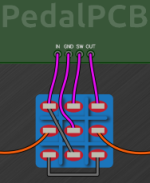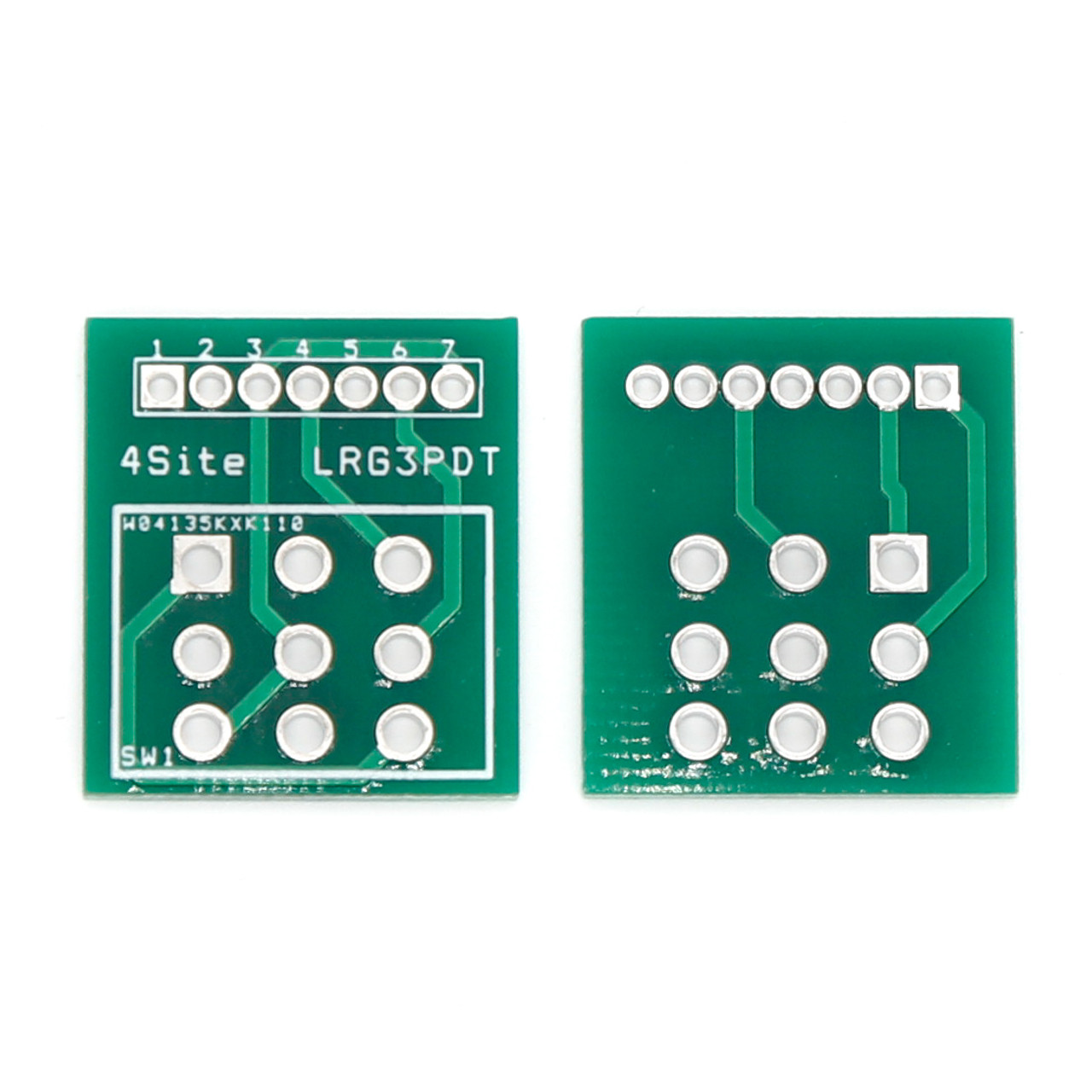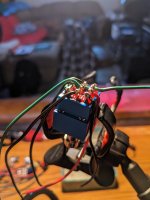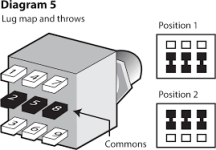kingbarnes
New member
I'm seeing that there are different types of 3PDT switches, meaning there is different wiring!!! I'm seeing a 3PDT PCB from stompboxparts.com that has wiring that only matches some types of footswitches but not others, and the usual template from PedalPCB.com:

And this shows wiring that is completely different. It also mentions some switches are compatible and some are not.

I had a thread about my Underminer sub-octave pedal having no sound when the footswitch was engaged. I built a second one and same thing. There were no issues that I could find, but now i'm thinking i have footswitches that should be wired differently than what I've usually done, which is what's shown above from pedalpcb.com (which i had 2 previous successful pedals but those had different 3PDT switches than what i used in the 2 Underminer pedal builds).
So I'm thinking it's worth tyring to put the 3PDT on a board from stompboxparts.com, wire that, and see if my pedal builds then work. It does make sense to me that this could be the cause.
Thoughts?

And this shows wiring that is completely different. It also mentions some switches are compatible and some are not.

I had a thread about my Underminer sub-octave pedal having no sound when the footswitch was engaged. I built a second one and same thing. There were no issues that I could find, but now i'm thinking i have footswitches that should be wired differently than what I've usually done, which is what's shown above from pedalpcb.com (which i had 2 previous successful pedals but those had different 3PDT switches than what i used in the 2 Underminer pedal builds).
So I'm thinking it's worth tyring to put the 3PDT on a board from stompboxparts.com, wire that, and see if my pedal builds then work. It does make sense to me that this could be the cause.
Thoughts?



